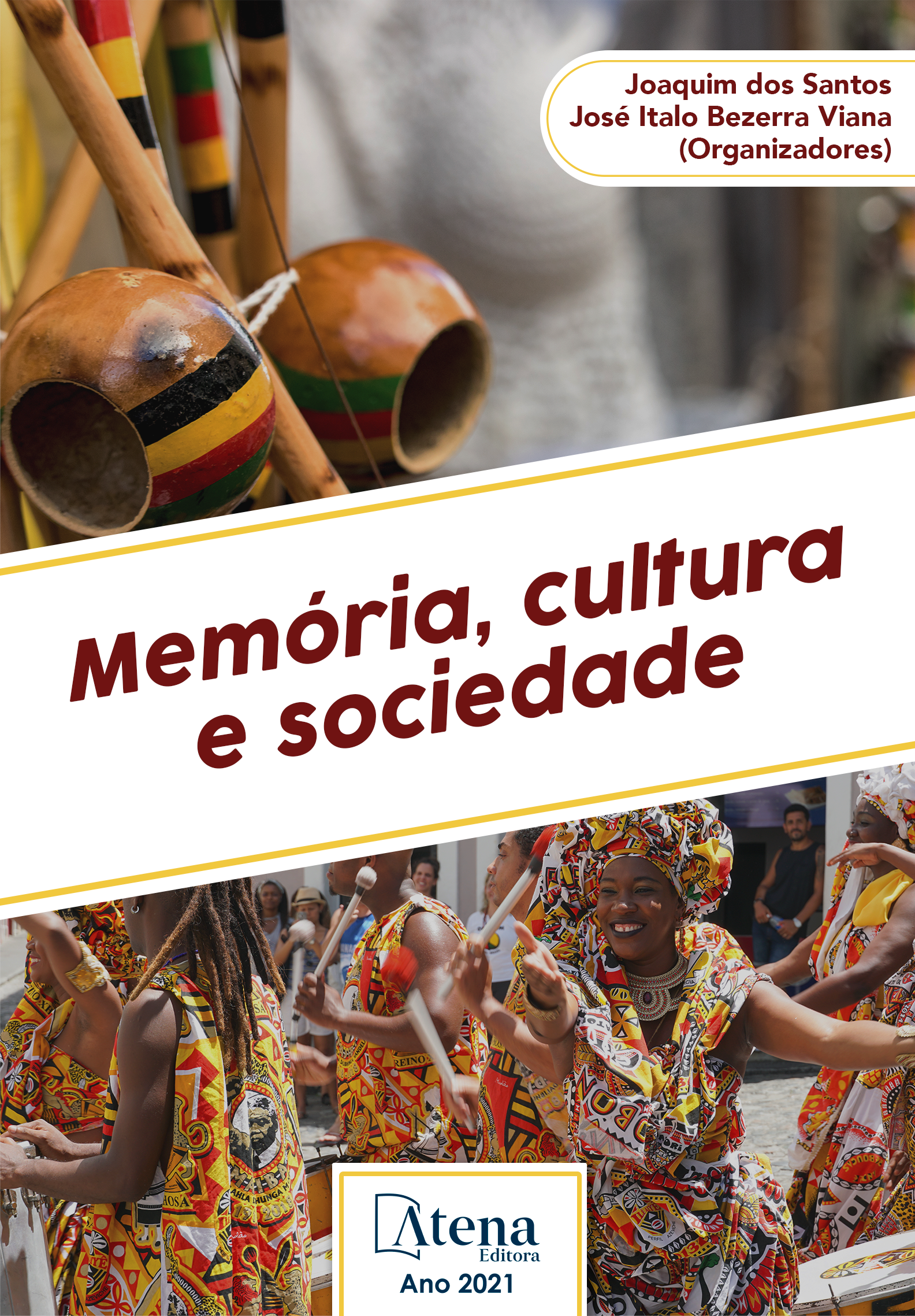
ENTRE O RIO E A MATA: O ESPAÇO TERRITORIAL COMO REFERENTE IDENTITÁRIO E CULTURAL EM UM POVOADO DA AMAZÔNIA TOCANTINA SÍMBOLO DE PODER FEMININO
O presente artigo aborda na comunidade quilombola do Mola a relação entre identidade e cultura a partir do espaço territorial. Discute a identidade cultural como uma construção concreta e simbólica, material e imaginária dos grupos sociais com o território. Para tal, o registro acontece a partir dos procedimentos metodológicos da História Oral. Dessa forma, faz-se uma relação entre cultura e identidade a partir de teóricos como Bhabha (1998), Hall (2003, 2009), Cuche (2002), Haesbaert (1999, 2004) e Cruz (2008). Pode-se dizer que o espaço físico-natural, social e simbólico em consonância com a consciência sócio espacial de pertencimento é determinante para a construção da identidade territorial na comunidade.
ENTRE O RIO E A MATA: O ESPAÇO TERRITORIAL COMO REFERENTE IDENTITÁRIO E CULTURAL EM UM POVOADO DA AMAZÔNIA TOCANTINA SÍMBOLO DE PODER FEMININO
-
DOI: 10.22533/at.ed.34021310521
-
Palavras-chave: Cultura, Identidade territorial, Mola.
-
Keywords: Culture, Territorial Identity, Mola.
-
Abstract:
This article discusses in the Mola quilombola community the relationship between identity and culture from the territorial space. It discusses cultural identity as a concrete and symbolic, material and imaginary construction of social groups with the territory. For this, the registration takes place from the methodological procedures of Oral History. That way, a relationship between culture and identity is made from theorists such as Bhabha (1998), Hall (2003, 2009), Cuche (2002), Haesbaert (1999, 2004) and Cruz (2008). It can be said that the physical-natural, social and symbolic space in line with the socio-spatial awareness of belonging is decisive for the construction of territorial identity in the community.
-
Número de páginas: 10
- Francisco Wagner Urbano
- Mix de Leão Moia


